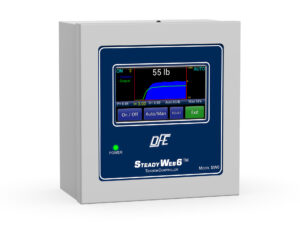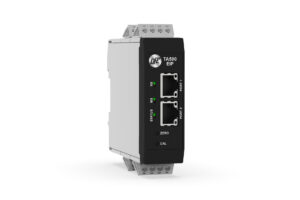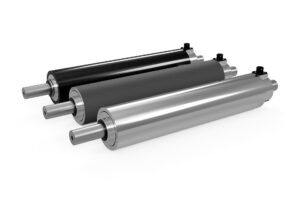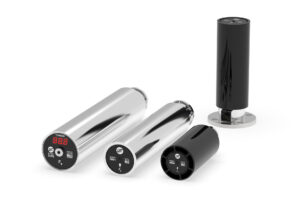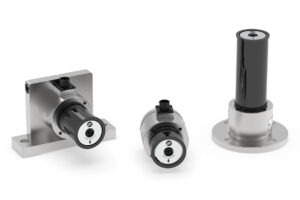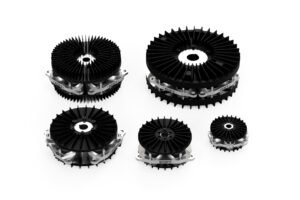Battery Electrode Manufacturing Tension Control
Improve quality and reduce waste in battery electrode manufacturing with precise, automatic tension control.
In battery electrode manufacturing a variety of processes may be employed including coating, drying, calendering, inspection and slitting.
In battery construction, electrodes consist of a foil substrate coated with a proprietary chemical mixture. The positive electrode (anode) utilizes aluminum foil, while the negative electrode (cathode) uses copper foil. The composition of materials used in the coating process influences the battery’s properties. Li-Ion batteries typically use a form of graphite on the negative cathode, while the positive anode is comprised of a lithium metal oxide blend. Conductive binders and solvents are added to create a slurry mixture that can be applied as a uniform coating.
As the electrode substrate traverses the process the slurry mixture is applied through slot dies which evenly coat one or both sides of the web in increments. The coated surfaces then transit to a dryer section that evaporates the solvent to a level acceptable for calendering the remaining coating deposits. At the calendaring step the coating is compressed to a precise thickness that effectively eliminates voids within the mixture. This helps to ensure effective conduction can take place between particles. After calendering is complete the electrode may transit through yet another dryer, inspection station or even a slitter before the final rewind step.
At the calendaring step the coating is compressed to a precise thickness that effectively eliminates voids within the mixture. This helps to ensure effective conduction can take place between particles. After calendering is complete the electrode may transit through yet another dryer, inspection station or even a slitter before the final rewind step.
Web tension control is a critical part of the battery electrode manufacturing process. Without precise control the coating process may be inconsistent, resulting in voids that calendering cannot adequately resolve. A careful balance between anode and cathode mass must be achieved during the production and assembly process or an unbalanced battery cell could result. Electrode production runs may have to be scrapped altogether if it is determined engineering specifications have not been properly achieved.
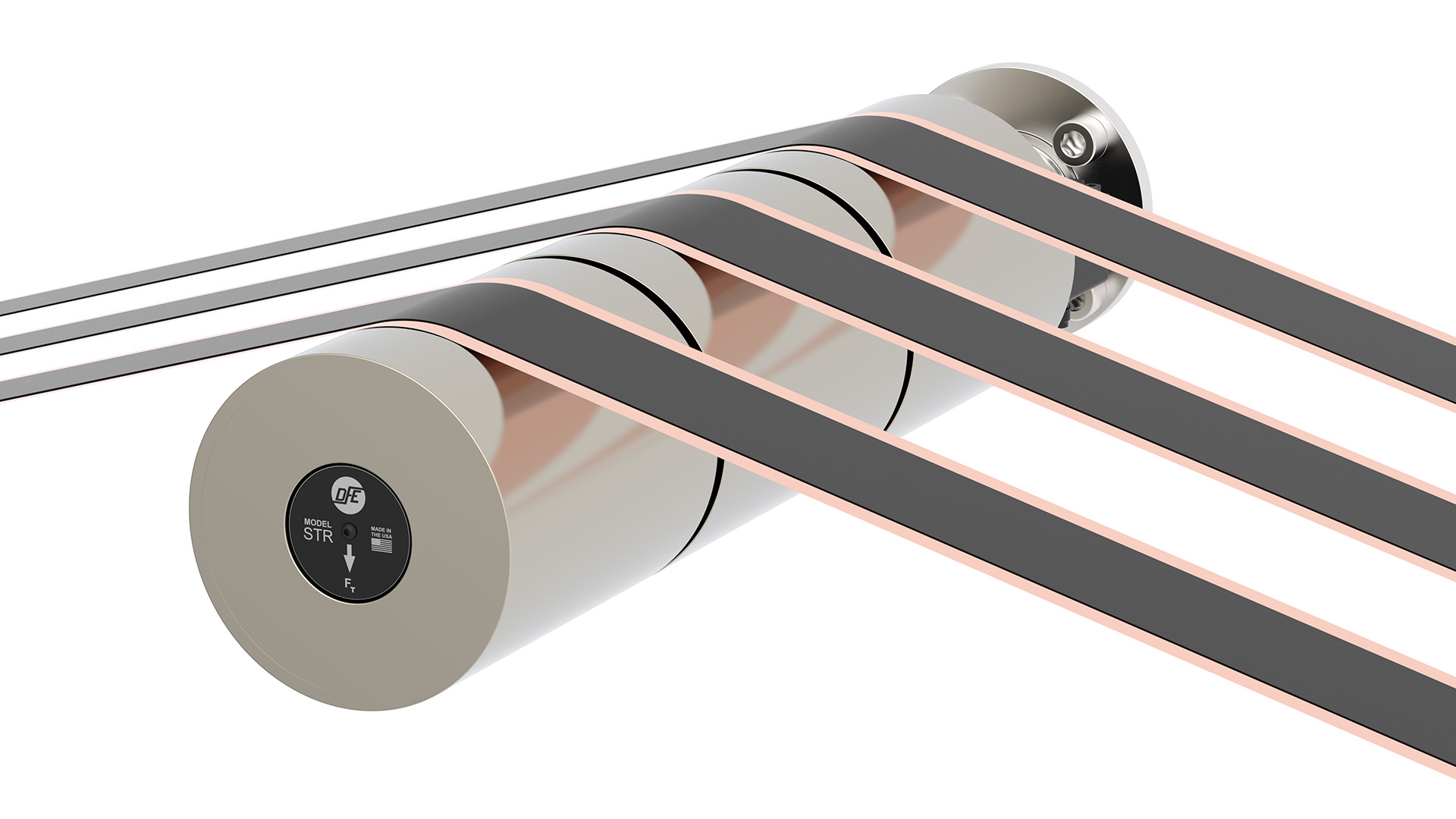 A cantilevered, Segmented Tension Roll® measuring multiple electrode lanes
A cantilevered, Segmented Tension Roll® measuring multiple electrode lanes
DFE offers the highest quality tension sensing transducers and controllers to achieve top performance in battery electrode manufacturing.
Typical battery electrode tension control solutions incorporate:
• A closed-loop tension controller such as the SteadyWeb™ 6
• A load cell such as the Tension Roll® Transducer
• A Pneumatic Brake, Magnetic Particle Brake, Clutch or Motor Drive System
Customers integrating tension control with a PLC most often utilize:
• A load cell signal amplifier such as the TA1 TrueTension™ Amplifier
• A load cell such as the Tension Roll® Transducer, a pair of convertible load cells such as the Model C Series Transducers or Under Pillow Block Transducers such as the Model F Series
Do you have a similar tension application that you would like to discuss?
Complete the form below and a DFE Applications Engineer will contact you shortly.
DFE does not share information with 3rd party advertisers.

